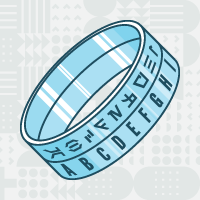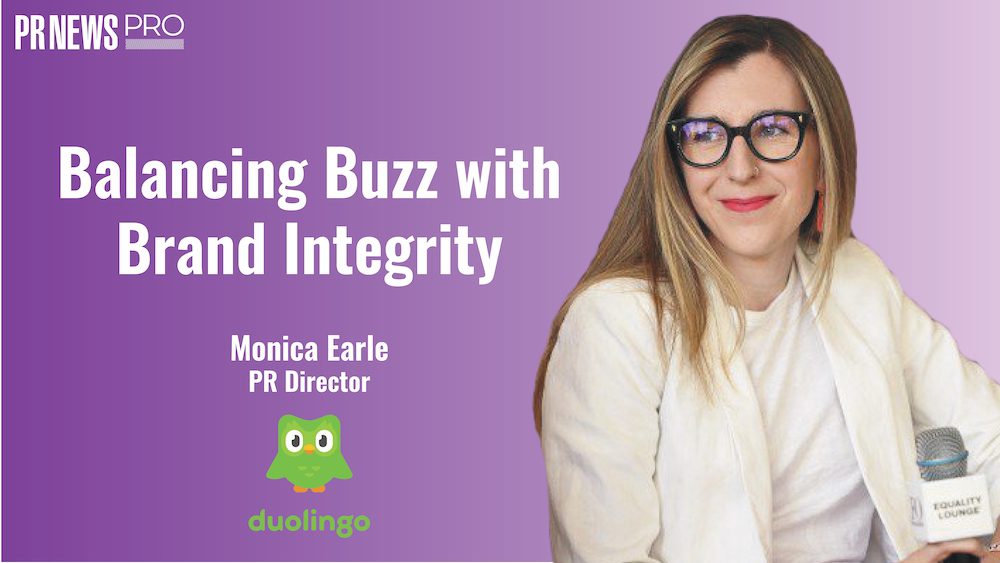 You can read dozens of books on how brand naming works. Corporate, brand and product naming exist as a field of inquiry and work because finding something to call your company or invention only gets harder with millions of trademarks held globally. While naming is not an exact science, there are some common mistakes companies should avoid when trying to select a new name.
You can read dozens of books on how brand naming works. Corporate, brand and product naming exist as a field of inquiry and work because finding something to call your company or invention only gets harder with millions of trademarks held globally. While naming is not an exact science, there are some common mistakes companies should avoid when trying to select a new name.
Here’s how not to go about naming a brand, product, or service:
- Buy a bunch of dudes a case of beer and a few pizzas. See what happens. The unaware masses often think this is what brand naming professionals do for a living—hang out, wax poetic and use alcohol to get the creative gears turning. In reality, group brainstorming only happens occasionally. Beer isn’t consumed during work hours. This is a strategic job, with clients and responsibilities. Names—along with trademark screenings, language analyses, presentation decks, naming architectures, and naming systems—are serious deliverables.
- Reject a name based on initial associations. Rarely does an idea strike you in a vacuum. We hear all too often: “That name sounds like X,” where X is a loaded word or a well-known product or brand. But immediate associations don’t always matter. As long as X isn’t in the same trademark class or space as the project at hand, the name can still be a contender. Also, the English language is limited. With 26 letters and a few hundred thousand defined words, it’s prone to collisions. A fresh brand name doesn’t have to be totally new to the world. Just because a name sounds familiar does not mean it’s stale. A “tumbler” was a gymnast and a plastic cup until it lost an “e” and became one of the world’s most popular blogging platforms.
- Stick to the original brief. Listen carefully to a client’s initial brief. But remember, what the client wants might change by the hour. Naming is like photography: In every new light, the subject looks totally different. The best brand naming teams are diverse—each member sees things differently, and the team remains flexible to account for diverse perspectives, multiple briefings, and as many versions of the story as possible. Some of the best names have been crafted when we can tell that story back to the client better than they first told it to us.
- Stay far away from the competitors. A competitive audit is a good place to start when naming a brand or product. If there’s something like it out there, what do the others call it? Our instinct as branding experts might be to differentiate whenever possible. But our experience in naming specifically has affirmed Mark Twain’s musing, “All ideas are secondhand.” We’re not saying to steal from the competitors; we’re just creatively borrowing what works. Tweak it to be simpler, to surprise. Make it your own. And do your trademark screenings early and often! But once in a while, great names evolve an existing name and imbue it with new life. Think Huffington Post versus Washington Post—one syllable apart. The latter was founded 128 years prior, but the former boasts wider readership today.
- Speak American! America speaks many languages, and the consumer world takes notes. From ESPN to Hyundai, big brands have been incorporating “Spanglish” into their marketing. As Hispanics, Asian Americans, and other groups move from minority to majority in the U.S., brand names will likely follow suit.
Alison Greenberg is a naming strategist at Siegel+Gale.
Related Articles:
Using Data to Create B2B Brand Advocates
9 Rules to Differentiate Your Brand or Agency
 Network
Network

